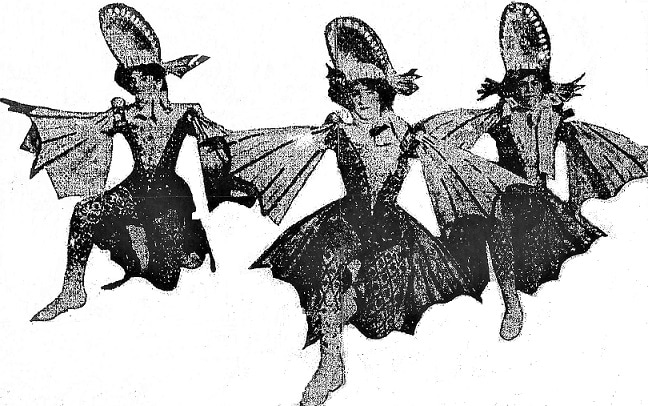|
Three days before the November 28, 1906 opening of the New York Hippodrome's Neptune's Daughter, the New York Times published a review written by a critic who had attended rehearsal. He opened with a paragraph guaranteed to entice readers to line up for tickets: What new sort of patented locker has Davy Jones invented for the mermaids at the Hippodrome? Because the sailor's mysterious underwater descent with the mermaids does not open the show, the critic starts again, filling in the background and providing a few laughs as he pokes fun at the rehearsal and improbable plot. But first let us rehearse the storm. Let us make sure that the thunder is in good voice and that the bellows have contracted no pulmonary weakness. The tempest is supposed to come eighteen years before the mermaid scene, and so it is only fair to give it the precedence of a paragraph. Comments are closed.
|
AuthorI am a retired community college professor and the great-granddaughter of composer, orchestrator, arranger, organist, and teacher William Christopher O'Hare. Click the "Read More" link to see each full blog entry.
Archives
November 2020
Categories
All
|


 RSS Feed
RSS Feed